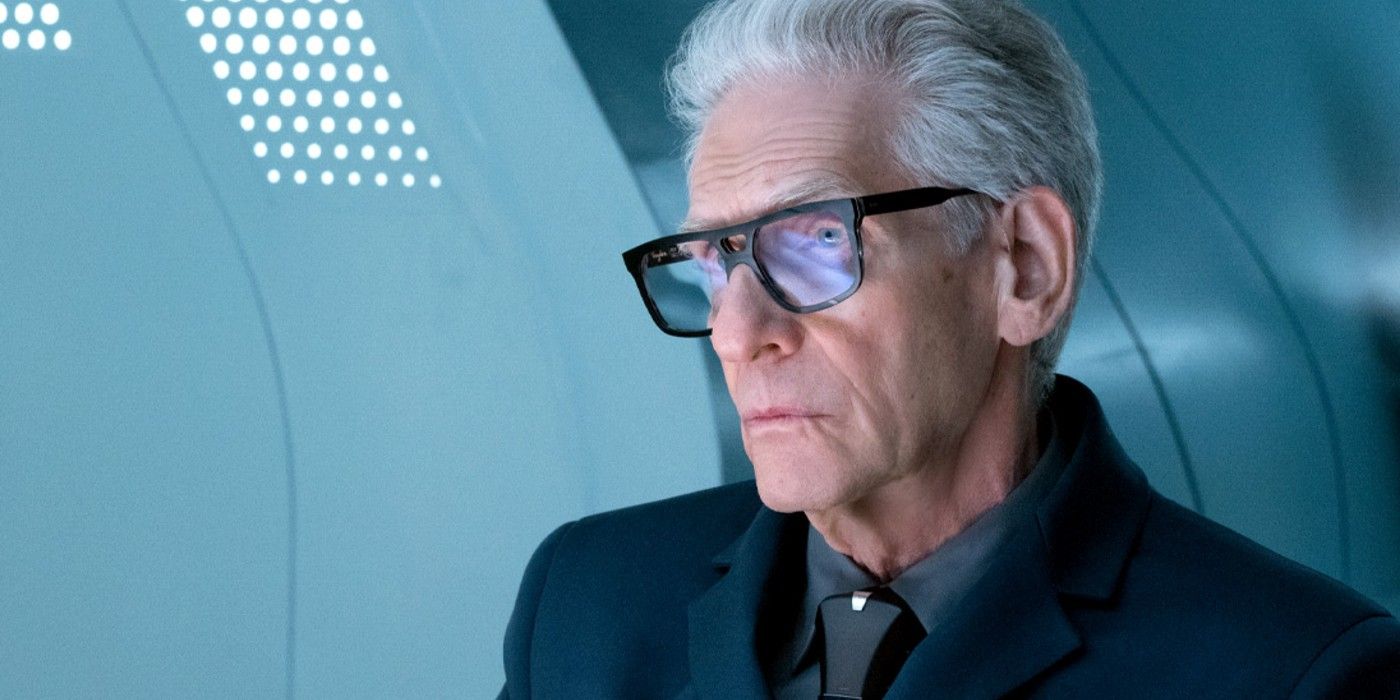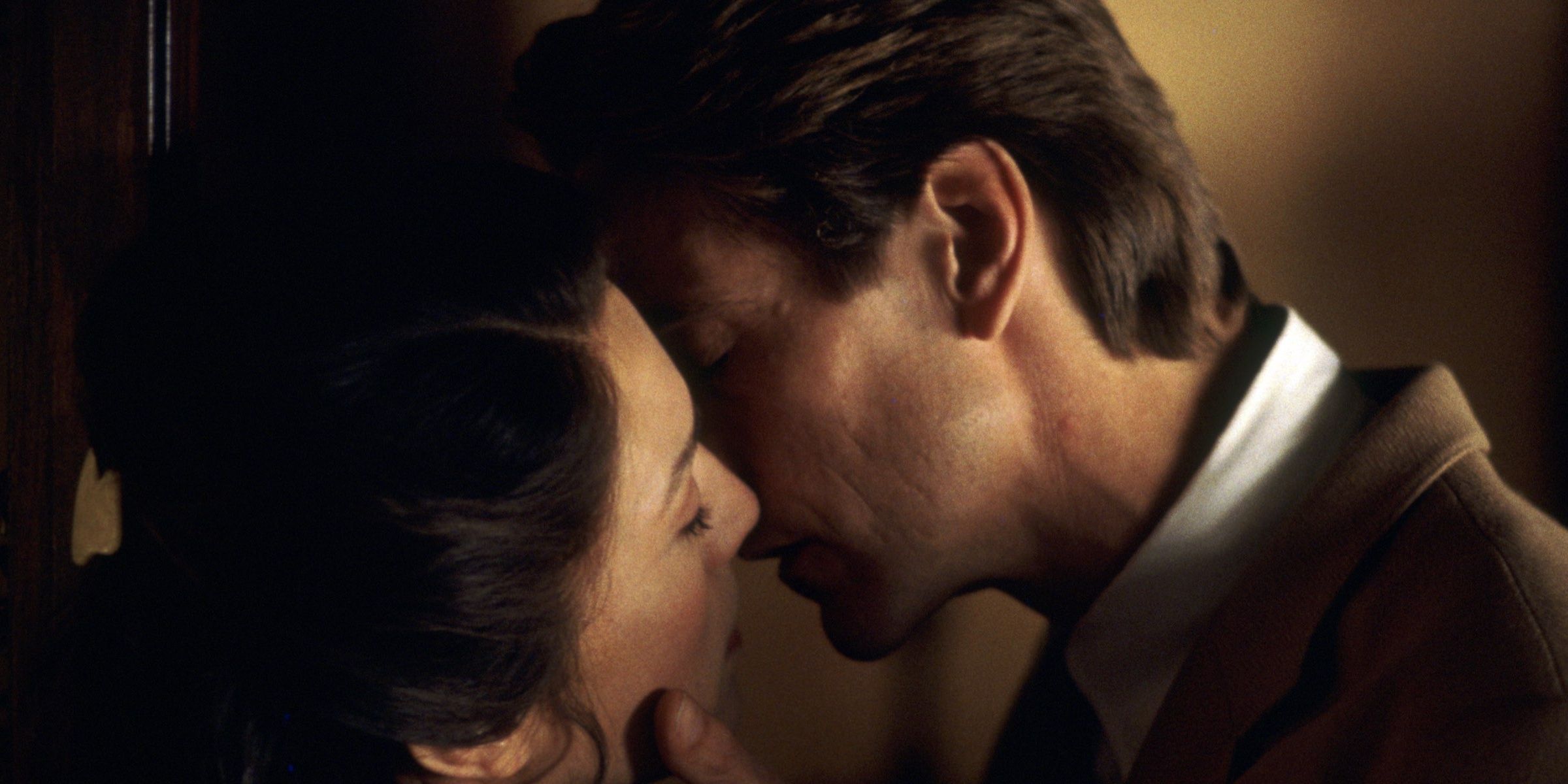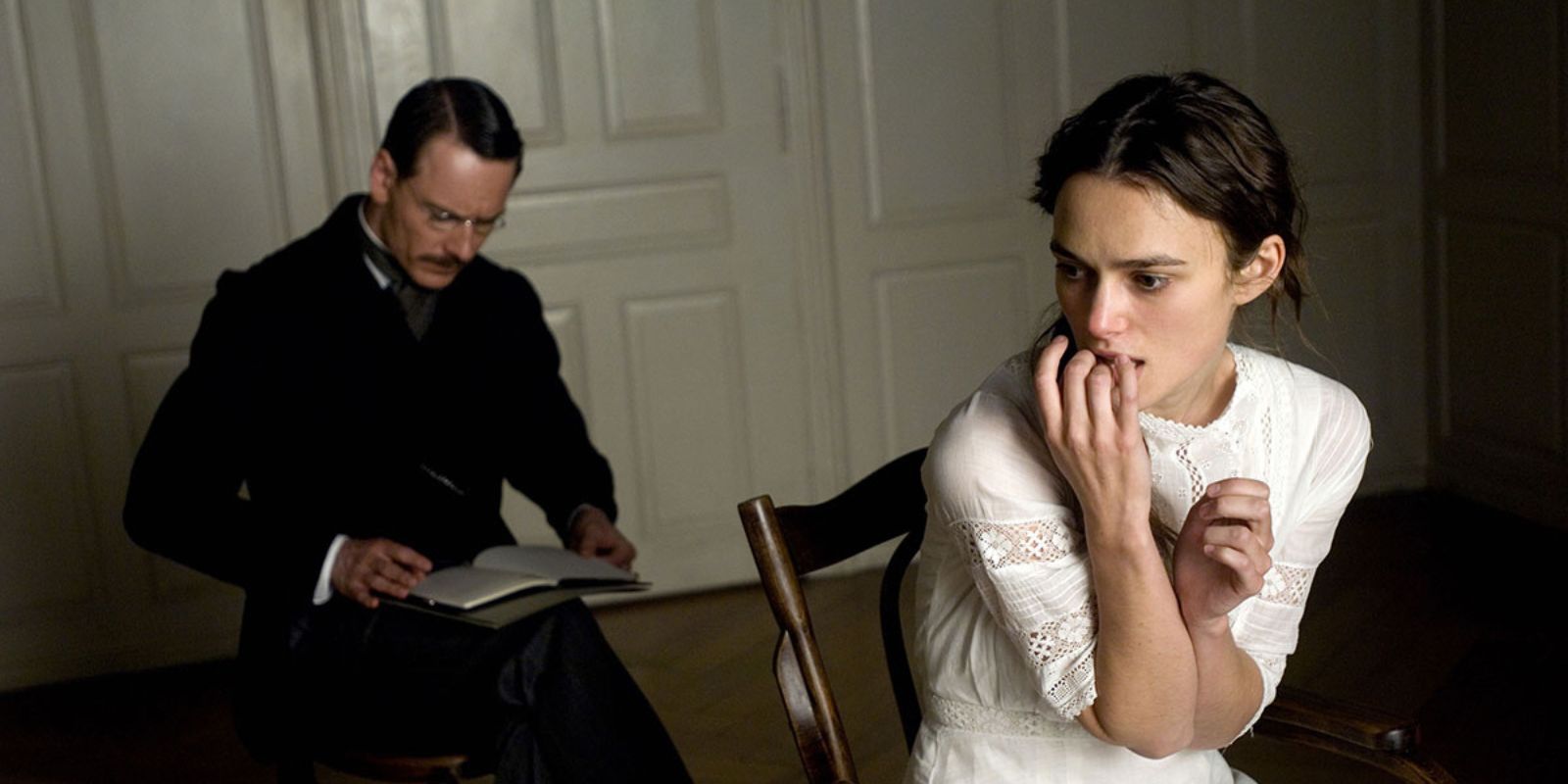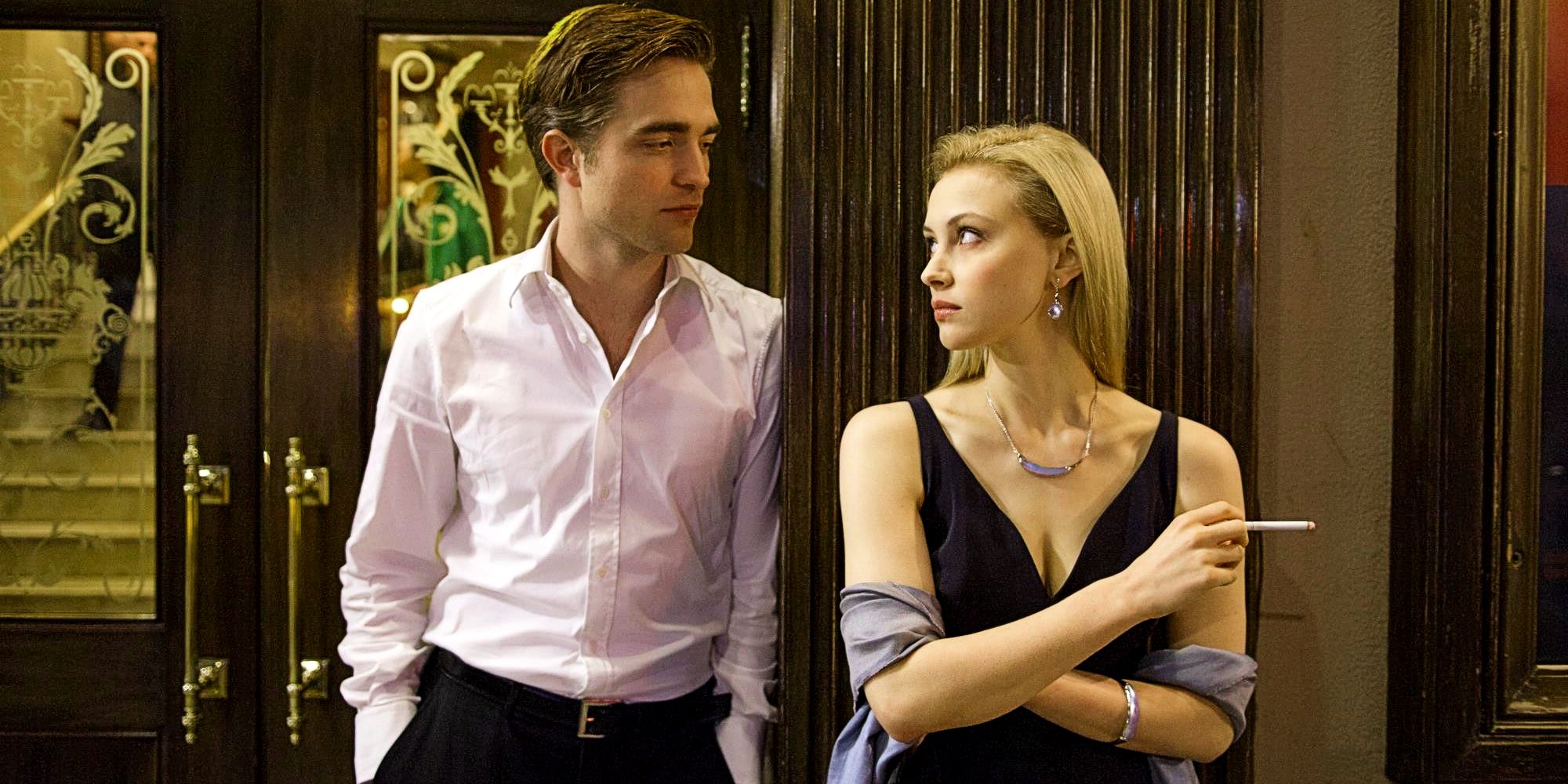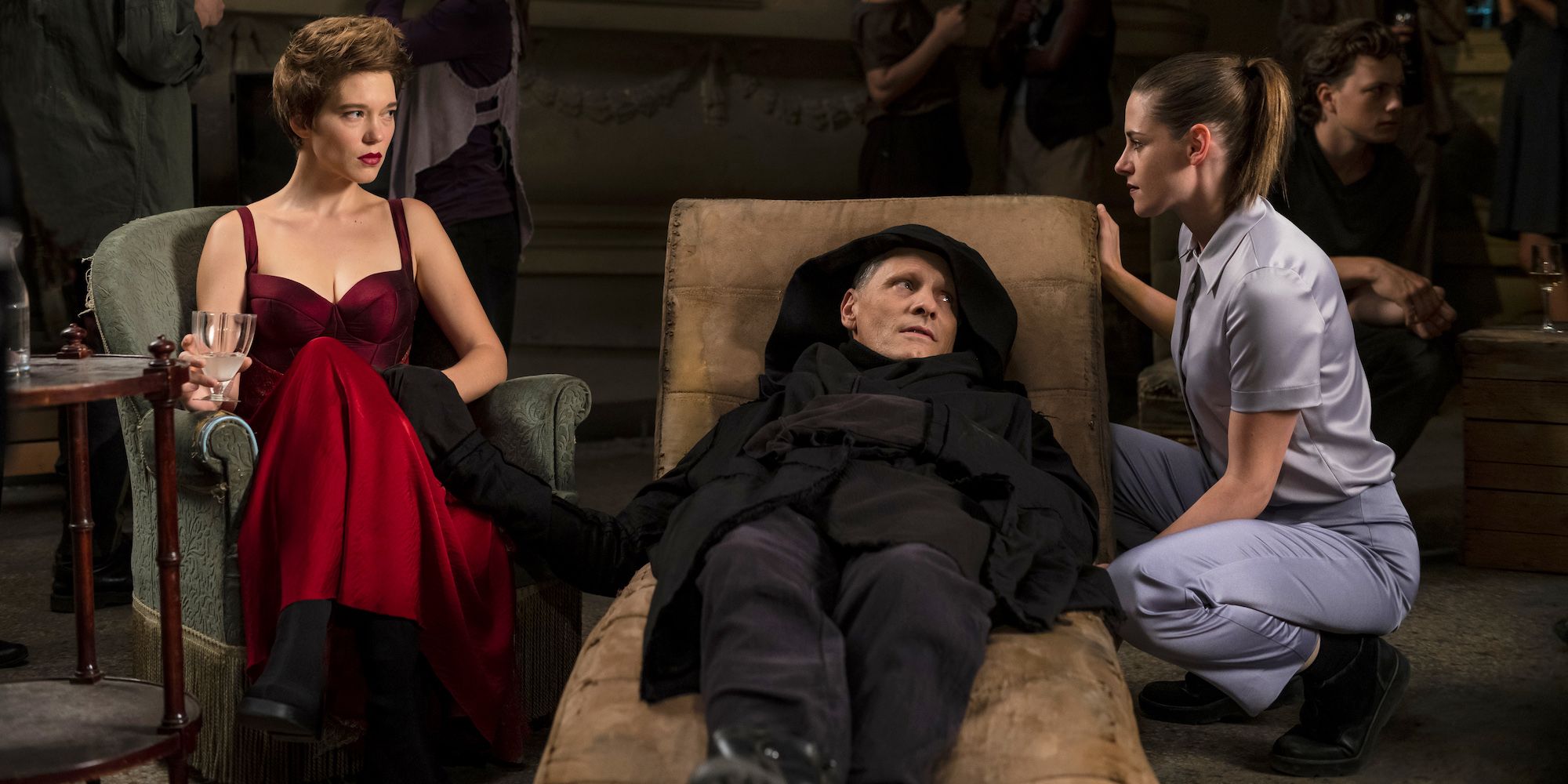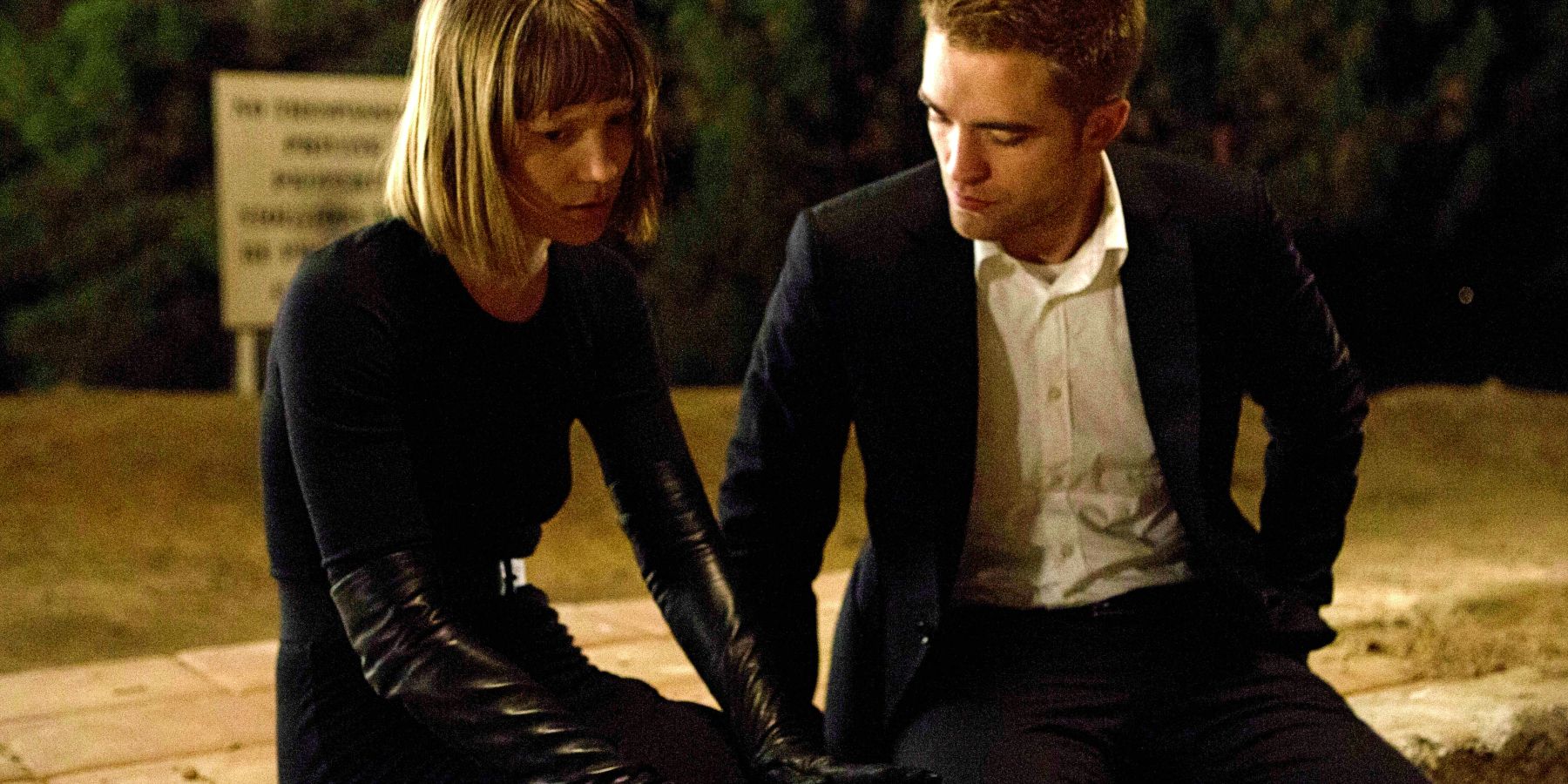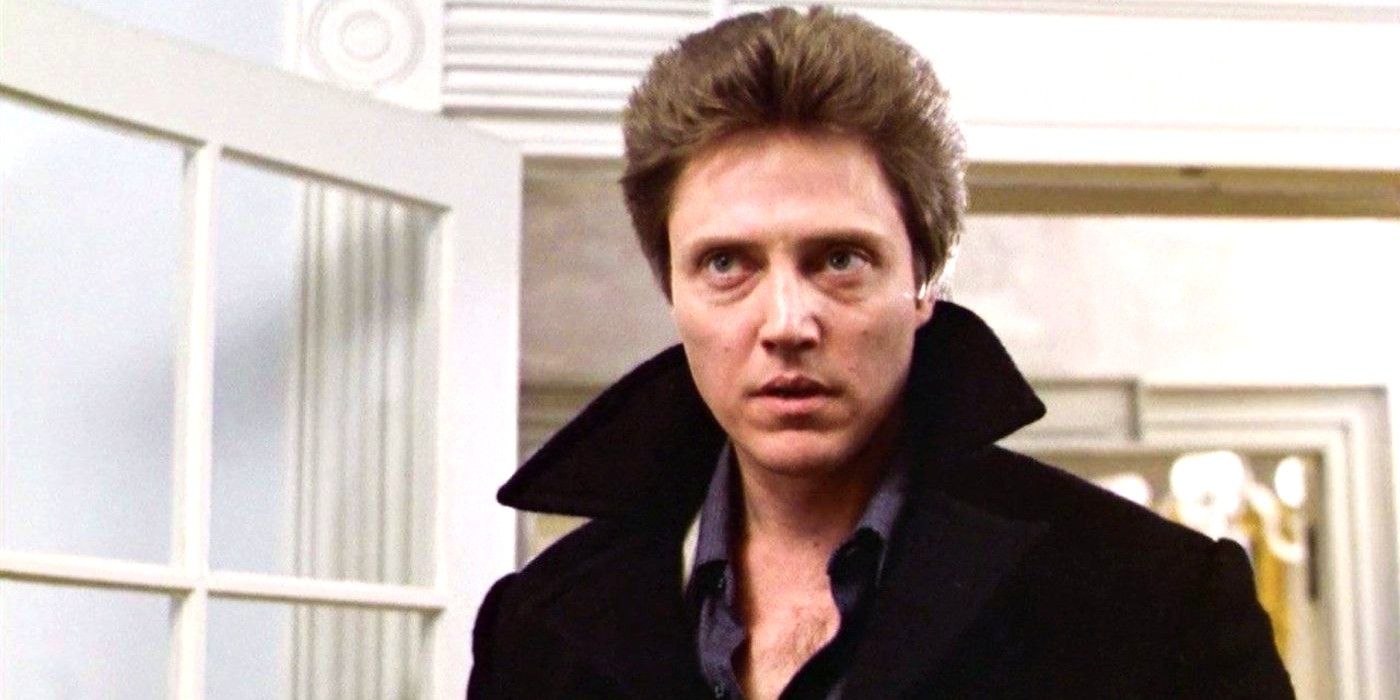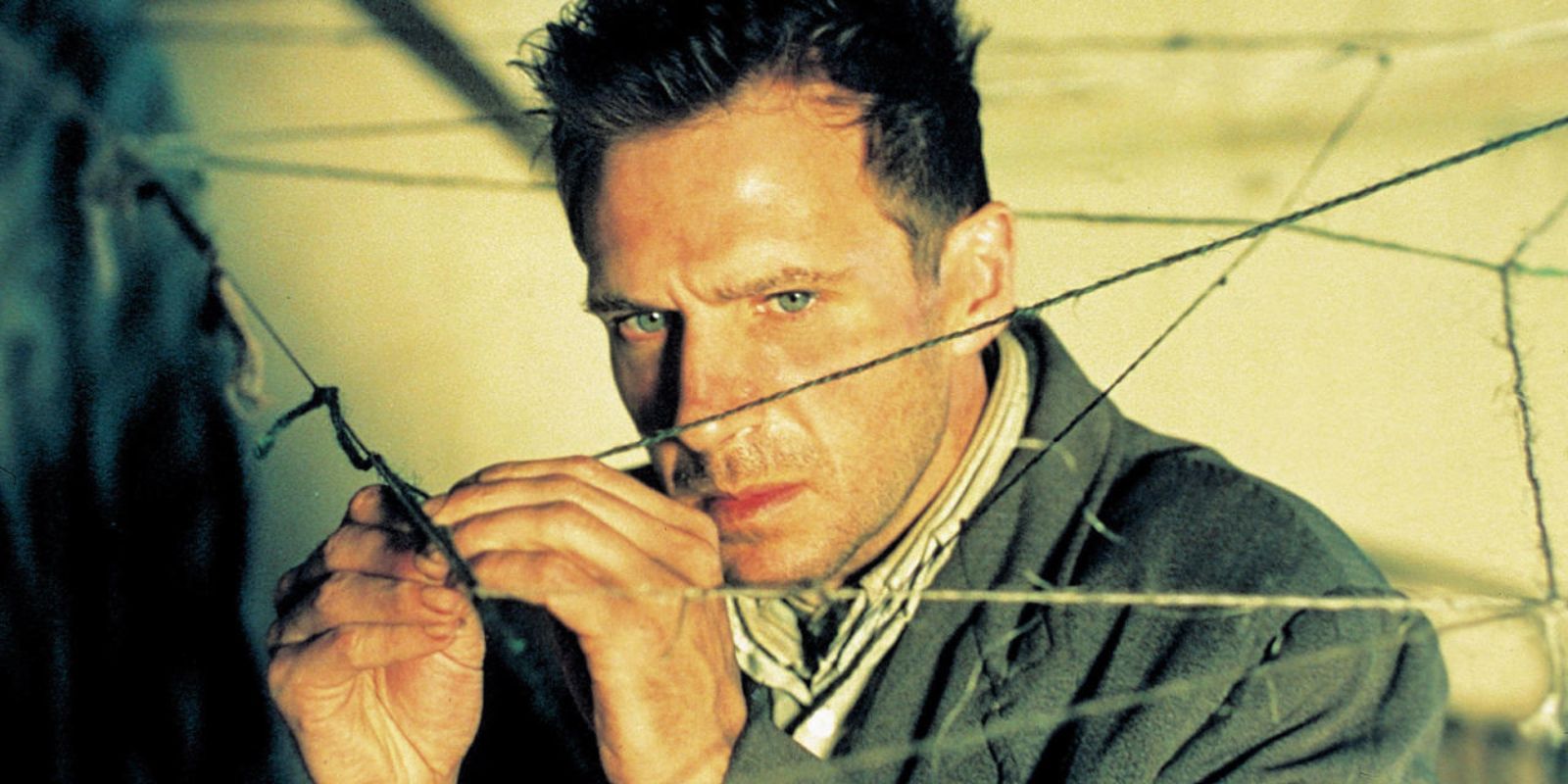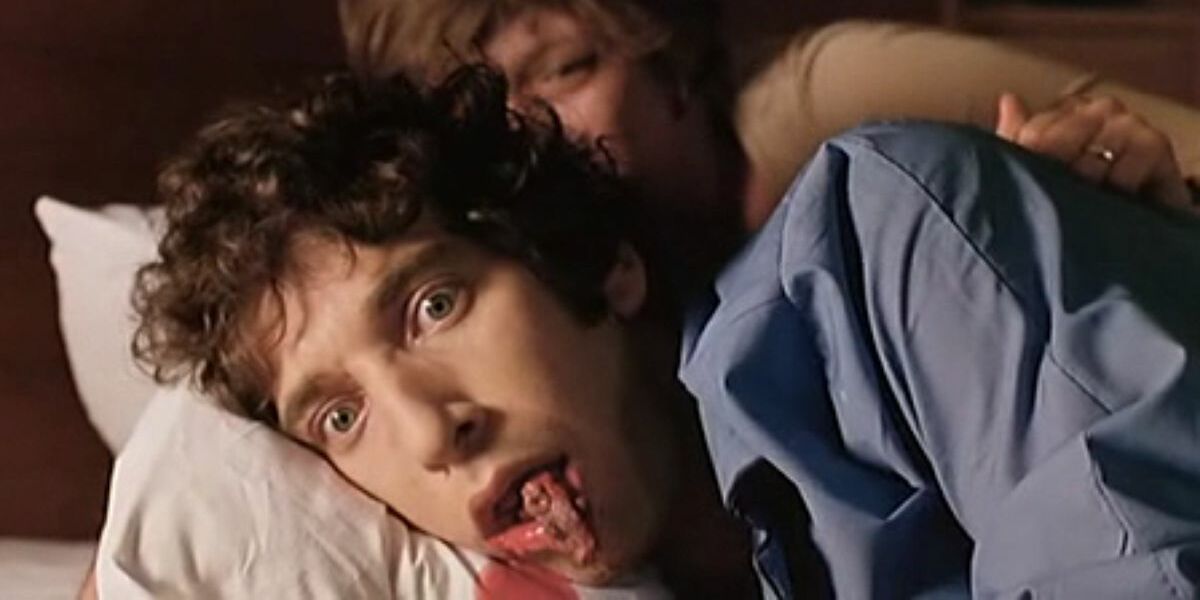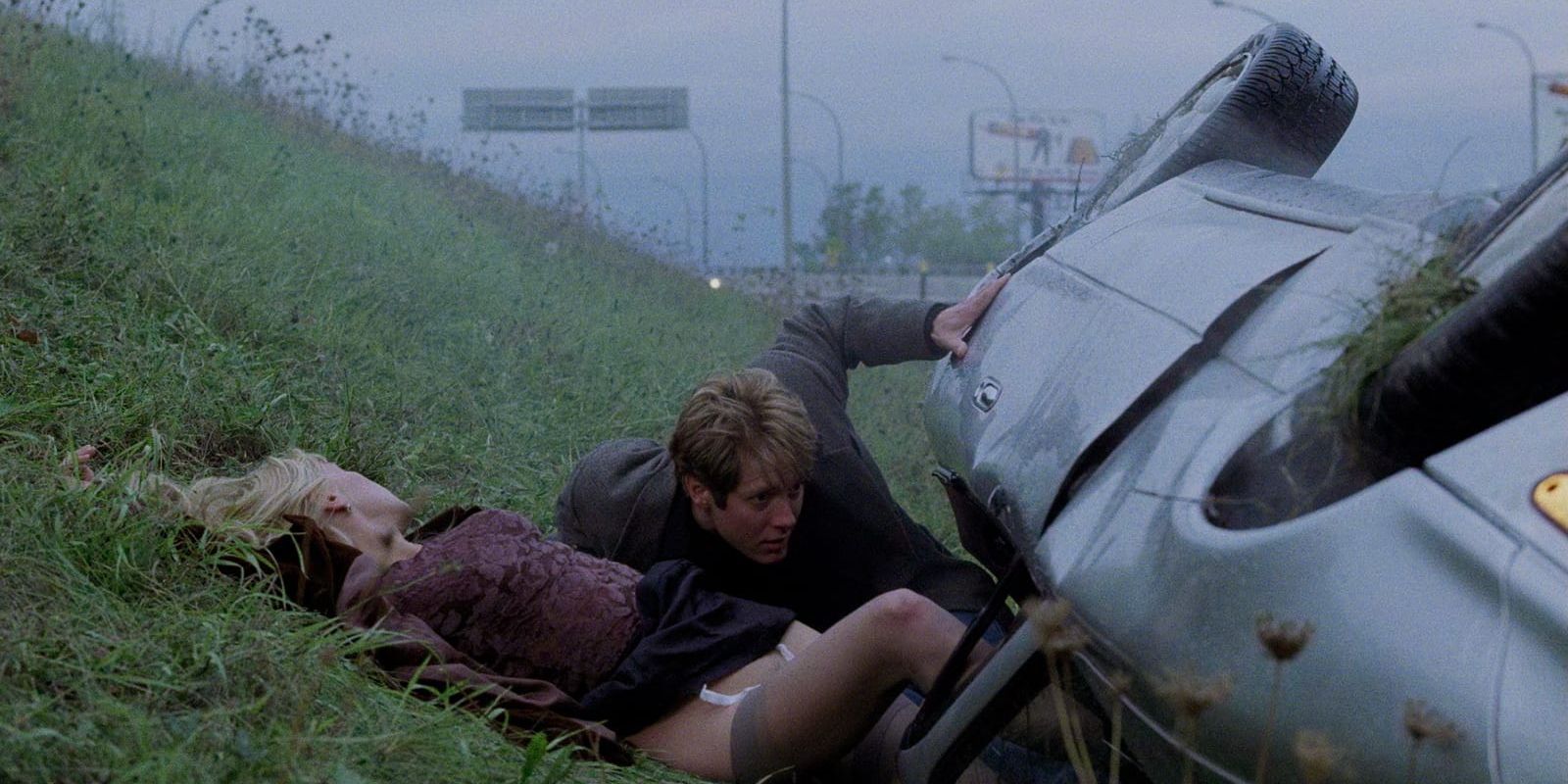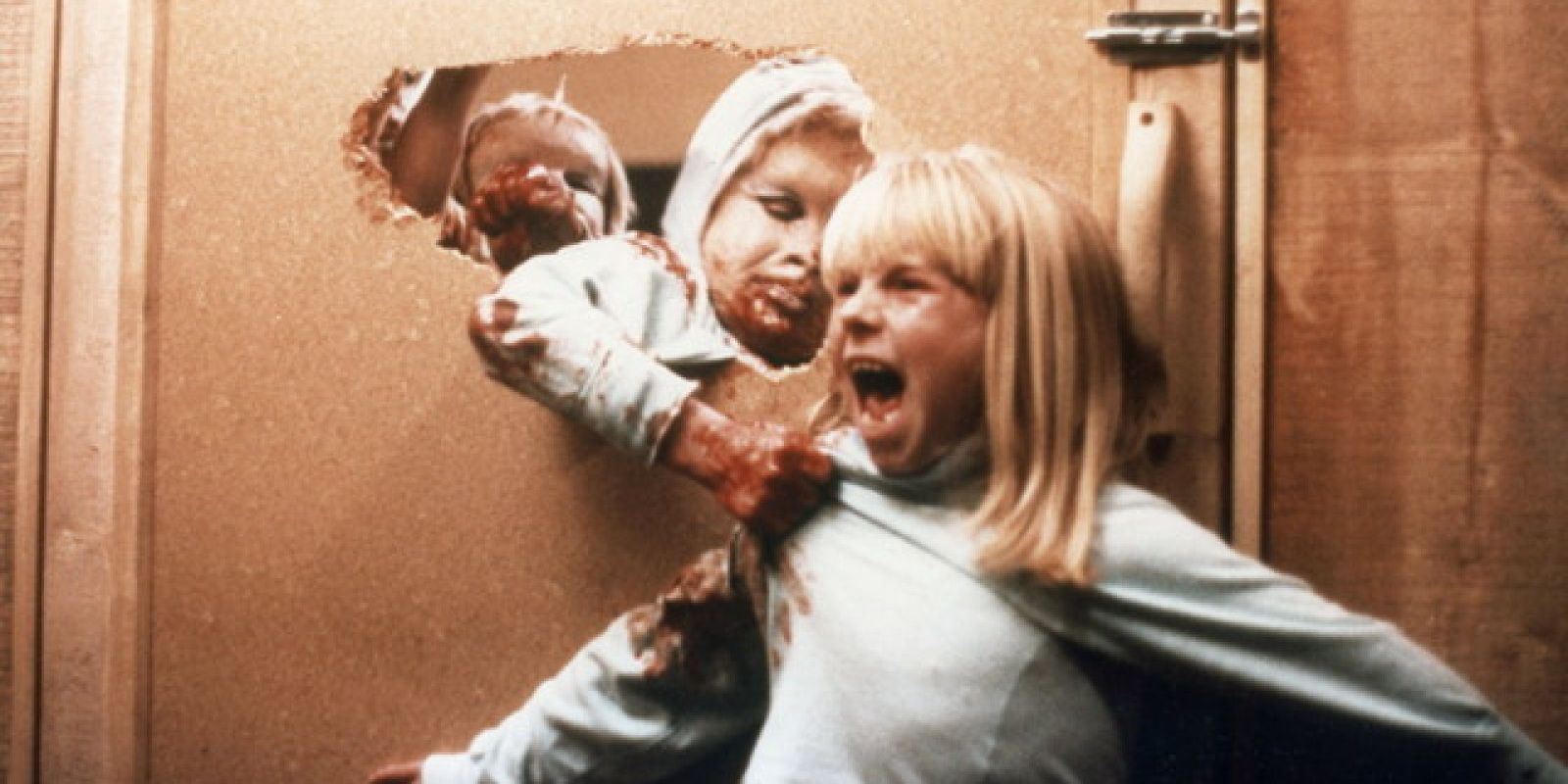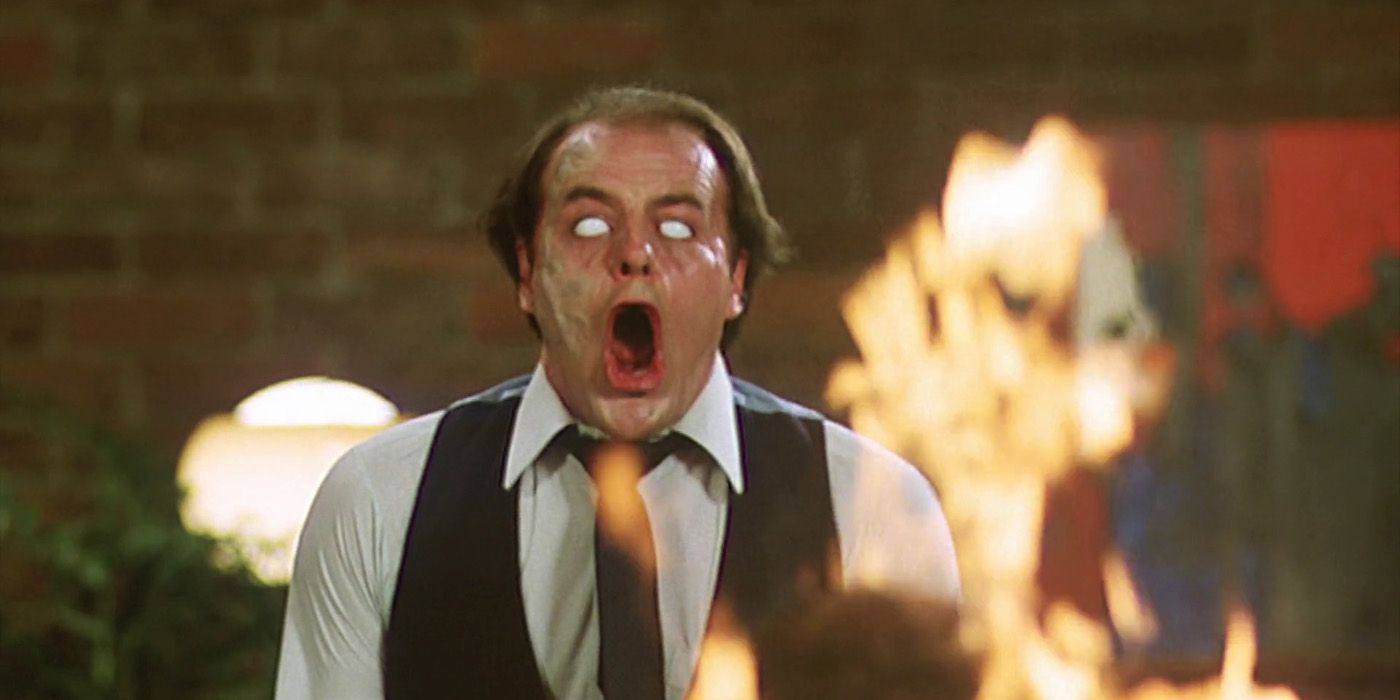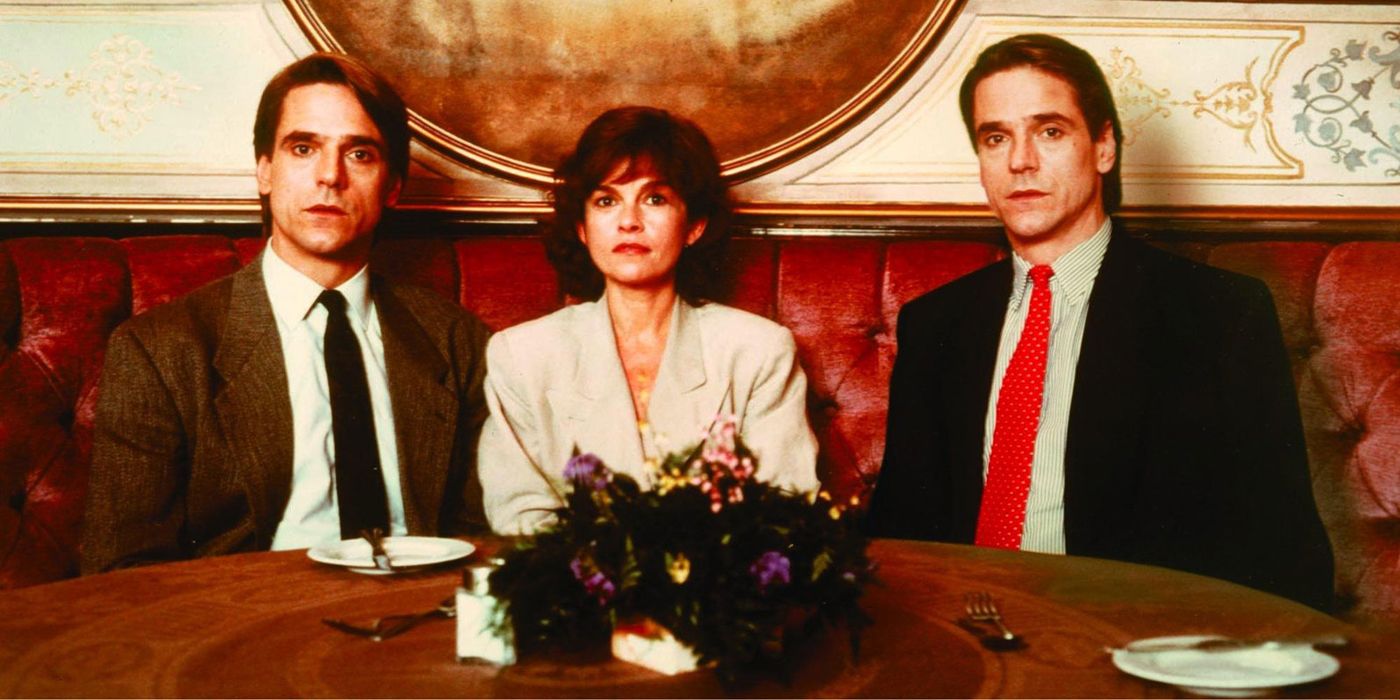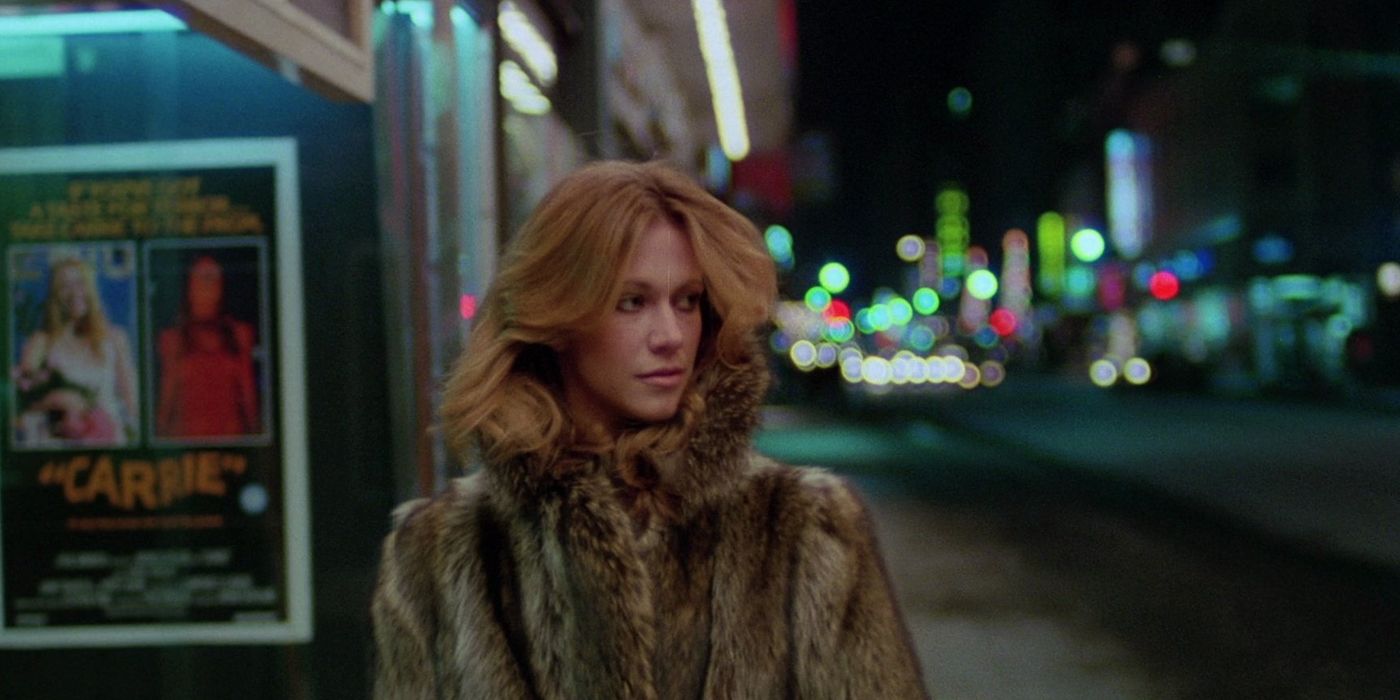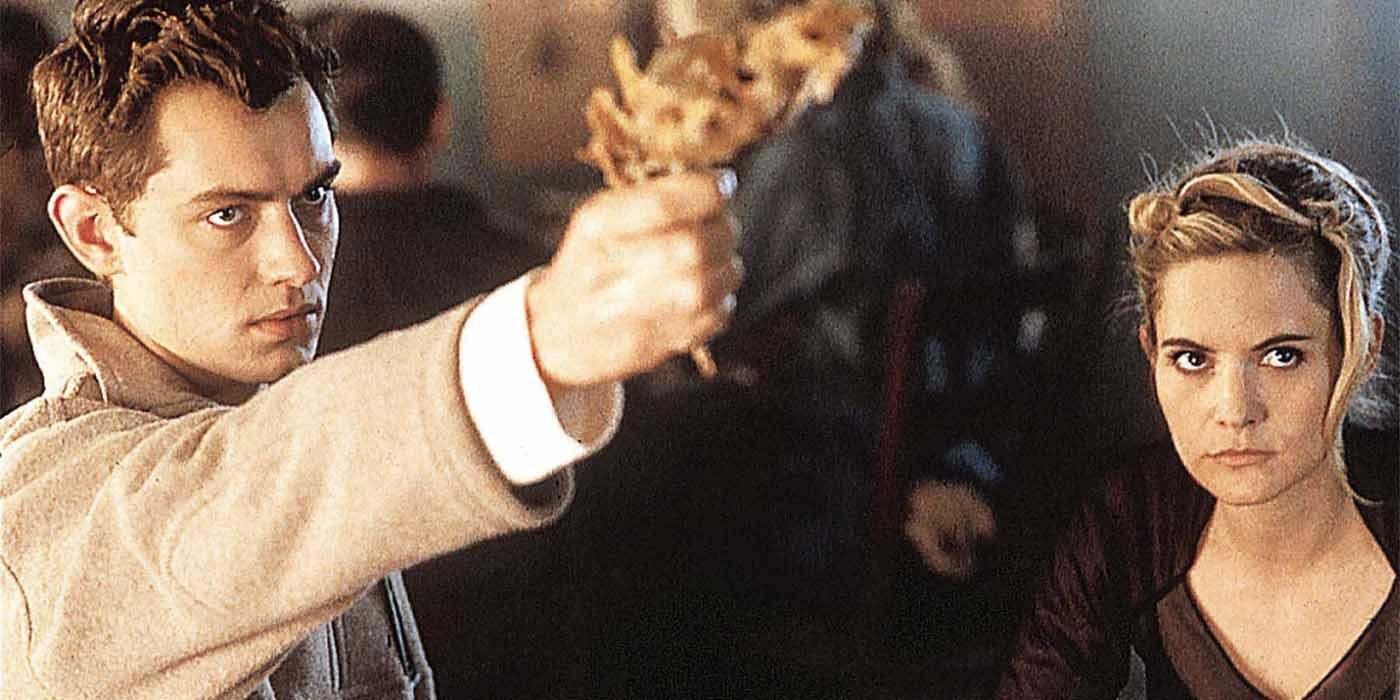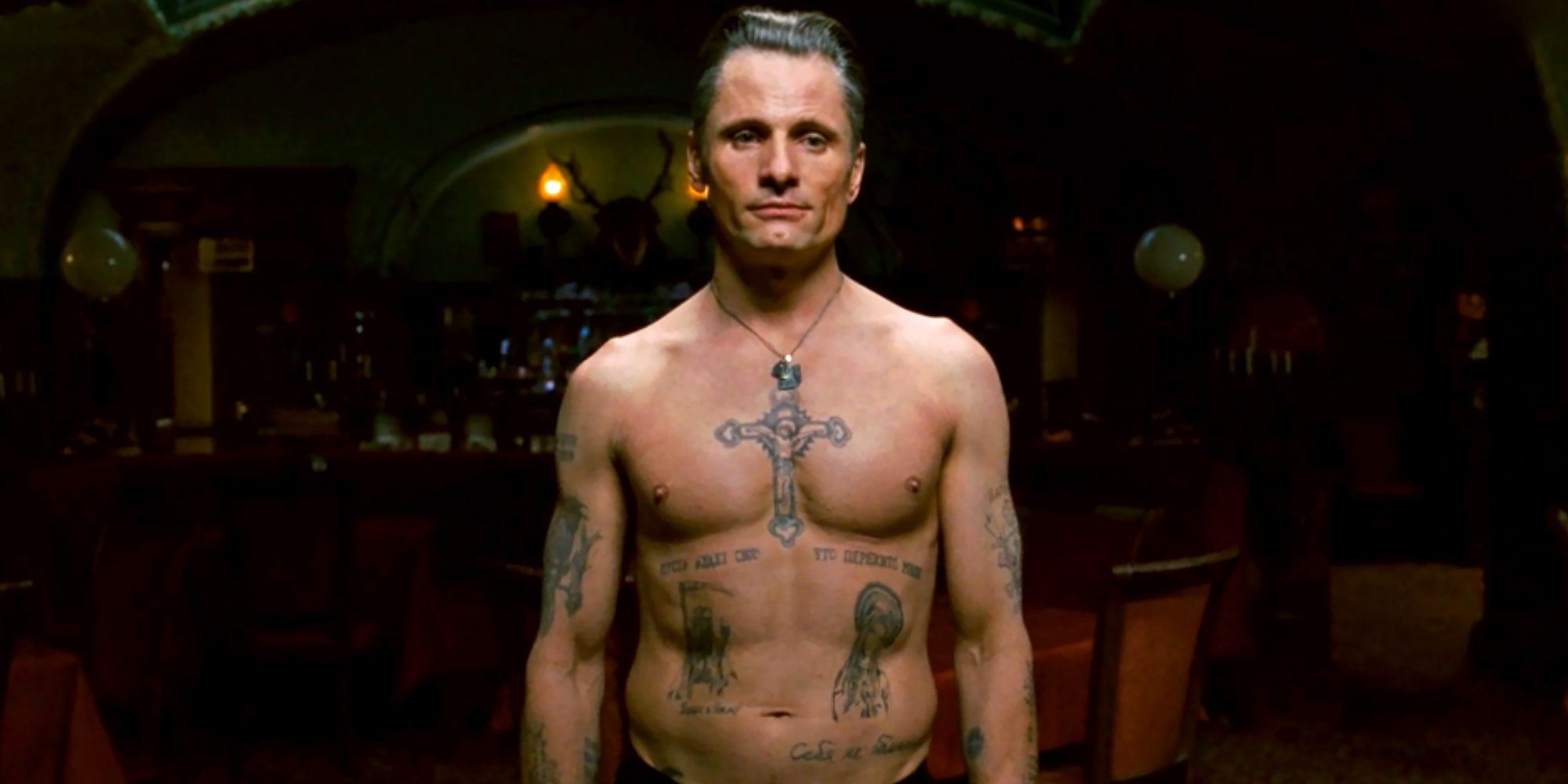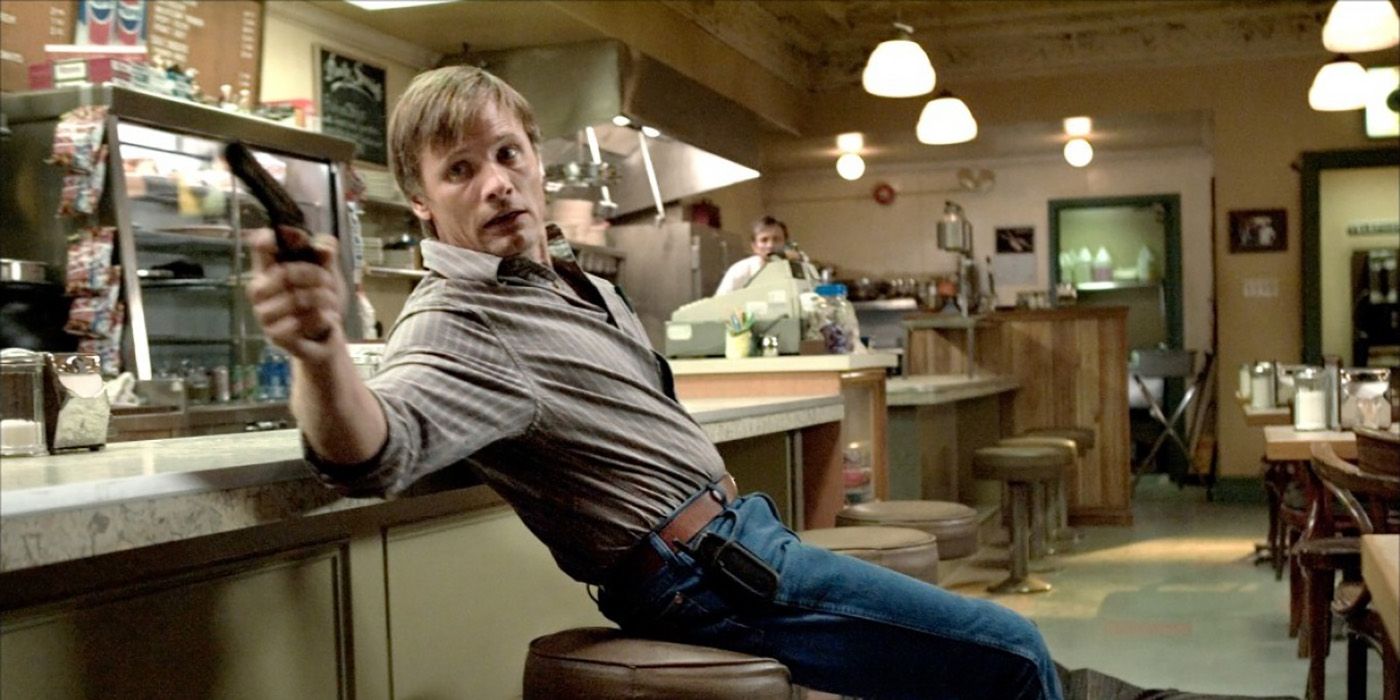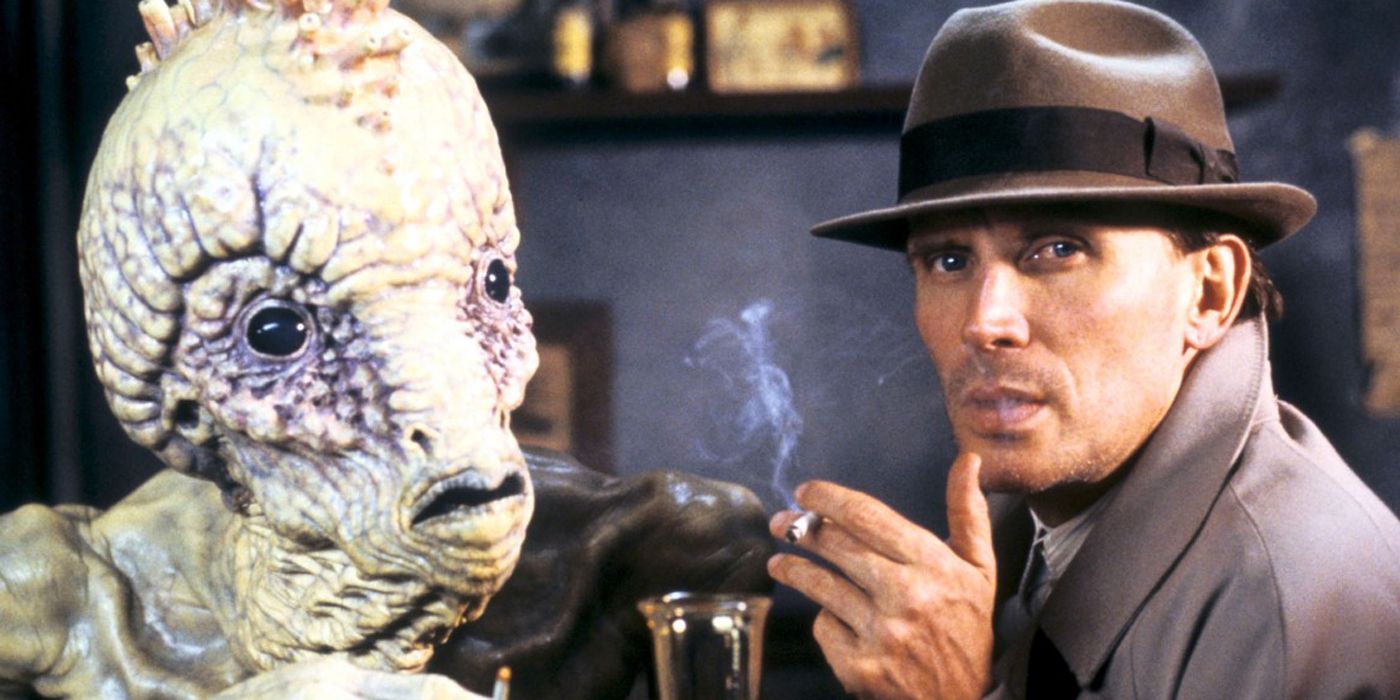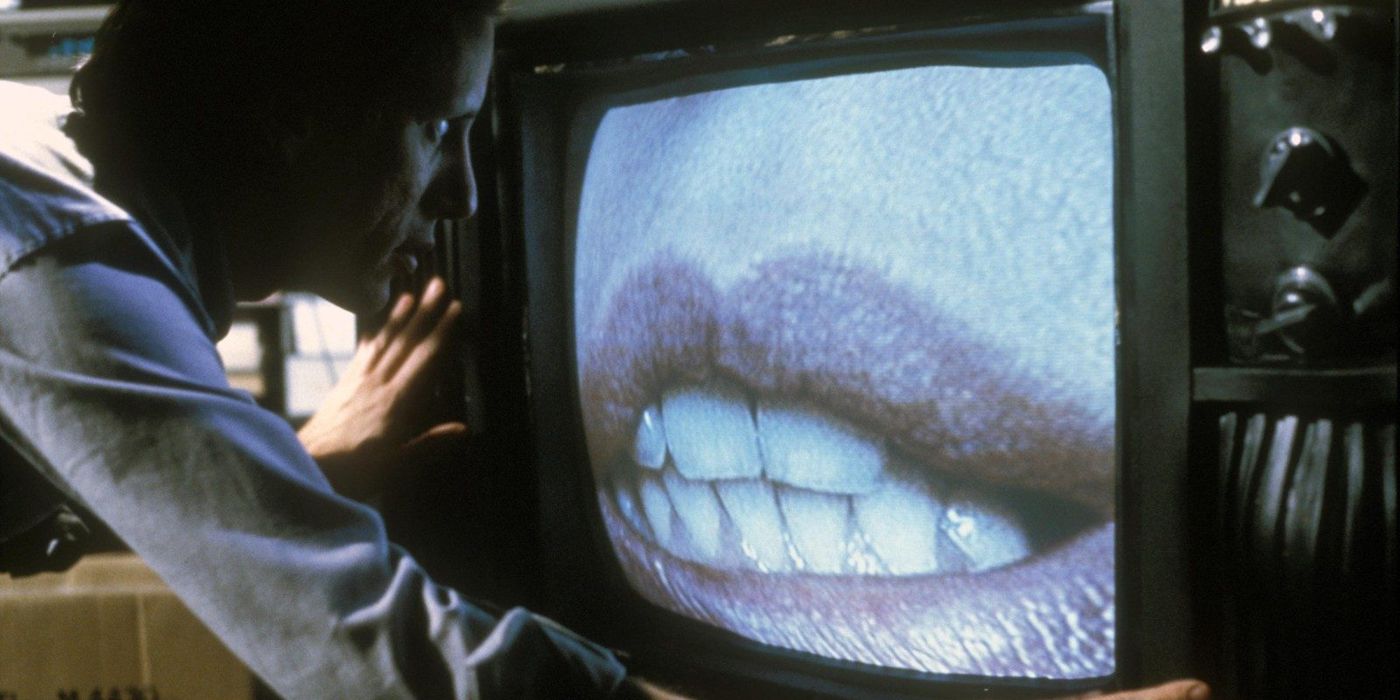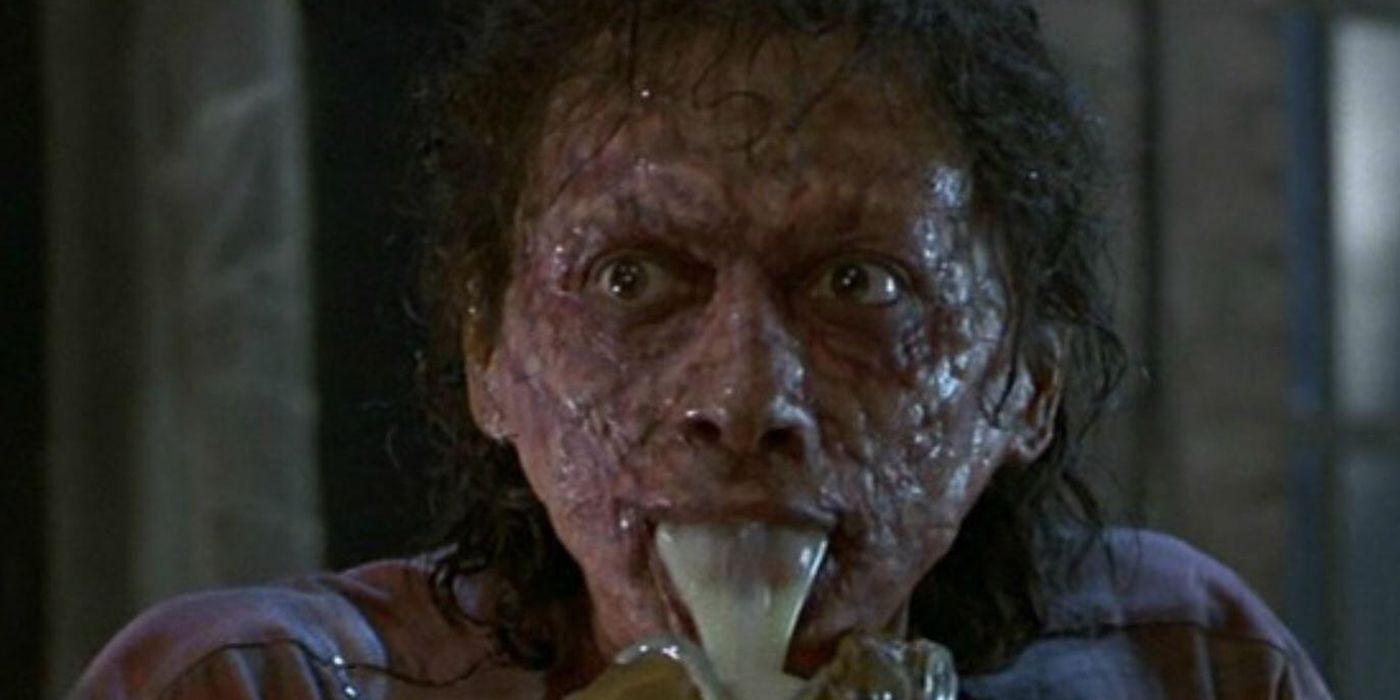Crimes of the Future is the 20th feature film from director David Cronenberg, and here's how it matches up against his other movies in a ranking. The Canadian filmmaker emerged in the 1970s and has remained one of the most distinctly visionary filmmakers ever since, primarily working in the sci-fi and horror genres. Cronenberg is a pioneer of the body horror subgenre, disturbing and fascinating audiences with visceral depictions of body transformations and mutilations for nearly 50 years. Often with themes exploring the pervasive way in which science and technology impact the human experience, Cronenberg’s films have been polarizing in their grotesque depiction of these themes.
Cronenberg returned to these themes for his newest film, Crimes of the Future, but has also experimented with seemingly unrelated narratives in the past. Although David Cronenberg is best known for body horror, the filmmaker has also tried his hand at several other genres, with varied results. Even when making historical dramas, crime thrillers, satires, or a racing movie, Cronenberg’s visual style is immediately recognizable. He has been honored for his lifetime of achievements at the Cannes Film Festival, Berlin International Film Festival, Venice International Film Festival, and the Toronto International Film Festival, among other accolades.
Even with critical acclaim, the boldness of Cronenberg’s films and his uncompromising vision can be divisive, as is often the case with great artists. While some may be put off by his unique vision, David Cronenberg is not a filmmaker easily ignored. His impact on the film world is undeniable, even inspiring similar themes in the horror movies made by his son, Brandon Cronenberg. Here’s the ranking of David Cronenberg’s films, from worst to best.
20. M. Butterfly
Adapted from a 1980s play by David Henry Hwang, which was based on a true story and loosely inspired by the Chinese legend of the Butterfly Lovers, M. Butterfly is an unusual deviation from Cronenberg’s typical themes. The tragic romantic drama follows French diplomat René Gallimard (Jeremy Irons) as he becomes infatuated by male Peking opera performer Song Liling (John Lone). As lush and vibrant as the production design and cinematography is, M. Butterfly often feels lifeless. Even with a loose connection to themes regarding the body, it is difficult to find much of Cronenberg’s voice in the film.
19. Fast Company
Before the Fast & Furious movies’ depiction of street racing, David Cronenberg made this 1979 movie about the world of drag racing. Fast Company was Cronenberg’s first non-horror release, chosen because of his enthusiasm for cars. The film follows aging driver Lonnie Johnson (William Smith) as he battles an unscrupulous team boss (William Smith), though the film would have been better with more of an emphasis on the racing. Although it is difficult to find connections to Cronenberg’s other films within this lighthearted sports drama, the way he films the race sequences makes it an amusing anomaly for the filmmaker.
18. A Dangerous Method
Like M. Butterfly, A Dangerous Method is another tragic historical romance based on a true story. Based on the 1993 non-fiction book by John Kerr, A Dangerous Method follows the birth of psychoanalysis and the relationship between early practitioners Sigmund Freud (Viggo Mortensen) and Carl Jung (Michael Fassbender). After several successful performances in period romance films directed by Joe Wright, Kiera Knightley returned to the genre as one of the first female psychoanalysts and Jung’s mistress. While the cast gives dedicated performances, the narrative of A Dangerous Method often feels more like a research paper, especially when much of the dramatic conflict is carried out through a series of letters. Even Knightley’s over-acting and multiple spanking scenes aren’t enough to bring life to the story.
17. Cosmopolis
Based on the novel by Don DeLillo, Cosmopolis is a dialogue-heavy surrealist satire about a billionaire's journey across the traffic of Manhattan to get a haircut. Robert Pattinson stars as the representation of the morally bankrupt 1%, who has a series of philosophical conversations with an assortment of characters during his cross-town journey. The film co-stars Paul Giamatti, Samantha Morton, Sarah Gadon, Mathieu Amalric, and Juliette Binoche, though it is Robert Pattinson’s strange accent and understated performance that carries the film. Unfortunately, the dialogue is too dense for the narrative to be easily accessible, making this movie easier to praise than to enjoy.
16. Crimes of the Future
Cronenberg returned to body horror along with familiar themes and imagery for his latest film, which centers on a world-renowned performance artist couple who perform surgery in front of a live audience. In the wake of the devastation from climate change, Saul Tenser (Viggo Mortensen) regularly grows new organs in his body, which are removed by his partner Caprice (Léa Seydoux) onstage. Body mutilations are presented as a new form of self-expression and sexual pleasure, leading to several graphically disturbing sequences in Crimes of the Future. While there are many similarities to some of Cronenberg’s most celebrated films, Crimes of the Future lacks the same focus. It is nice to see Cronenberg return to familiar material and the genre he helped define, but his latest film is a collection of ideas that often feel at odds with each other.
15. Map to the Stars
Set in Los Angeles, Map to the Stars is a biting satire of the entertainment industry and celebrity culture. Mia Wasikowska stars as the troubled sister of a celebrity, who attempts to reconnect with her family with disturbing results. The ensemble cast includes Julianne Moore, John Cusack, Evan Bird, and Olivia Williams playing an assortment of flawed characters connected to the vapid world of the entertainment industry. Map to the Stars also stars Robert Pattinson in his second collaboration with Cronenberg and contains a few shockingly violent moments that fit in nicely with most of the director’s work. Although Map to the Stars is far from his best work, there are enough outrageously campy moments within the tangled storyline to make it memorable.
14. The Dead Zone
This science-fiction thriller contains one of David Cronenberg’s more traditional narratives, starring Christopher Walken as a schoolteacher who develops psychic powers. The Dead Zone was Cronenberg’s seventh feature film and the first time he directed a script written by someone other than himself. Although the movie was based on a novel written by Stephen King, his screenplay for The Dead Zone was rejected by Cronenberg in favor of another screenwriter. This may have been for the best because The Dead Zone is often praised as one of the best adaptations of King’s work. It is only the impressiveness of Cronenberg’s other work preventing this from being ranked higher.
13. Spider
While lacking some of the body horror elements that make up his best films, Spider is a psychological thriller fully utilizing Cronenberg’s ability to disorient the viewer. Based on a novel by Patrick McGrath, Spider stars Ralph Fiennes as a schizophrenic man just released from an institution only to discover his grasp on sanity is tenuous. Along with some of Cronenberg’s most effective and subtle filmmaking, Spider features an impressive performance by Ralph Fiennes that is often forgotten when discussing his body of work.
12. Shivers
Audiences got a taste of David Cronenberg’s narrative and stylistic preferences with his debut feature film, which also introduced many to the subgenre of body horror for the first time. With a storyline involving a medical experiment that leads to a parasite capable of turning anyone infected into a mindless and violent sex fiend, Shivers established a connection between sex and violence that has remained the focus in much of Cronenberg’s work. The film stars Paul Hampton, Lynn Lowry, and Barbara Steele, as well as the first of many cinematic creatures to come from the Canadian filmmaker. Cronenberg also appears in the horror film as an infected crowd member.
11. Crash
David Cronenberg’s fascination with cars was blended with his use of body horror and violently warped sexuality for 1996's Crash, a film that received the Special Jury Prize after premiering at the Cannes Film Festival–and not to be confused with Paul Haggis' 2004 movie of the same name. James Spader stars as a film producer who develops a fetish for car crashes after surviving one of his own and explores these new desires in boundary-pushing ways. Crash was met with controversy due to the graphic sexual scenes brought on by violence, though this was a criticism also made of the J. G. Ballard novel serving as source material. The boldness of Cronenberg’s filmmaking has made this cult classic over time, and with good reason.
10. The Brood
In the 1980s, David Cronenberg was attached to a Frankenstein movie, and it would have been incredible if movies like The Brood are any indicator. Many of Cronenberg’s early sci-fi horror films deal with scientific experimentation, and in The Brood, it is a new psychotherapy technique that gives birth to a monstrosity. Samantha Eggar plays a woman having the treatment while battling for custody of her daughter, resulting in a brood of dwarf-like children born out of her rage to carry out violent subconscious desires. Cronenberg used his own divorce for inspiration for the screenplay, which is a simple revenge fantasy utilizing the filmmaker’s signature body horror elements.
9. Scanners
Although it is just a good movie, David Cronenberg’s Scanners features an exploding head effect that is an iconic moment in the history of horror cinema. The 1981 film involves a secret group of people with telepathic and psychokinetic abilities, which a private military company attempts to weaponize. A battle begins when one of the so-called "scanners" rebels against the military force, resulting in the previously mentioned impressive sequence of cinematic carnage. If all of Scanners had been as memorable as the one special effect shot, it would hold a place higher in the ranking.
8. Dead Ringers
Featuring an impressive dual-role performance from Jeremy Irons, Dead Ringers is about twin brothers and gynecologists who specialize in fertility issues. Although the film is more grounded in reality than many of Cronenberg’s classics, one of the brothers has a pharmaceutical drug addiction that results in delusions of mutant women aligning with the filmmaker’s body horror films. An Amazon original series adaptation of Dead Ringers has been in development for years, which could be much-deserved attention back to Cronenberg’s psychological thriller.
7. Rabid
David Cronenberg’s second feature film is body horror with vampire contagion and zombie outbreak elements added to the storyline, even more explicitly than the sex zombies of Shivers. The Canadian filmmaker also blended the horror violence with themes of sexuality, which was established by the choice to cast adult film star Marilyn Chambers in the leading role. When Rose (Chambers) suffers injuries in a motorcycle accident, an experimental procedure results in a mutation in her body and the development of a new blood-sucking organ in her armpit. The penetration of this organ infects victims to behave in a rabid manner, combining the elements of two iconic horror monsters with Cronenberg’s own body horror twist.
6. eXistenZ
David Cronenberg brought body horror into the sci-fi genre with eXistenZ, a film about a gaming system plugged directly into a port in the human body. When game designer Allegra Geller (Jennifer Jason Leigh) is targeted by assassins, she escapes into her own game with her security guard and publicist (Jude Law). As the pair enter a game within the game, questions about what is real overtake the narrative. Given the similarities in plot, the success of eXistenZ was likely impacted by the monumental box office achievements of The Matrix, which was released the same year. Even if the plot of each movie share commonalities, eXistenZ is distinctly Cronenberg, especially in the film’s depiction of an organic gun covered in flesh.
5. Eastern Promises
This is one of Cronenberg’s most critically acclaimed films, and the fact that for many years there was an Eastern Promises sequel was in development speaks to the lasting impact of the film. Naomi Watts stars as a midwife who goes up against the Russian mafia in London after delivering a baby tied to one of the high-ranking gangsters, with Viggo Mortensen co-starring as a henchman with a complicated backstory. Mortensen earned a well-deserved Academy Award nomination for his performance in Eastern Promises, which was the second of many collaborations with Cronenberg. The film’s bathhouse knife fight proved Cronenberg was able to use body mutilation in the action scene of a crime film as effectively as in his horror films.
4. A History of Violence
2005's A History of Violence was the first of four collaborations between Viggo Mortensen and David Cronenberg, featuring the actor in an action thriller as a small-town diner owner whose past is brought into question following a robbery. Adapted from a graphic novel by John Wagner, there are some differences between the A History of Violence comic and Cronenberg’s film, though none include body horror. Instead, Cronenberg proved himself capable of handling a straightforward crime film with the same intensity as his horror releases, leading many to praise A History of Violence as one of the best films of the decade. William Hurt also earned an Academy Award nomination for his supporting role in the film.
3. Naked Lunch
Adapted from William S. Burroughs' novel, Naked Lunch is a science fiction mind-trip of a movie set in the 1950s. As with many of Cronenberg’s most recognizable titles, Naked Lunch is a surreal exploration of the blurred lines between organic and mechanical material, complete with a typewriter that is also a giant talking beetle. Of course, this iconic Cronenberg monster could all be the result of hallucinations from an insecticide used as a recreational drug, which exterminator William Lee (Peter Weller) is accidentally exposed to. Just like Videodrome and eXistenZ, there are questions about what is real within the narrative of Naked Lunch, which makes it a film rich for analysis and debate.
2. Videodrome
While David Cronenberg’s early body horror was about scientific and medical advances mutating the human body, Videodrome marked a shift toward technology. Set within the world of a UHF television station, Videodrome established the themes of technology blending with human flesh that he most recently revisited in Crimes of the Future's story. James Woods stars as the TV station’s president, who discovers a show featuring the torture and murder of anonymous victims, only to discover a possible larger conspiracy involving mind-control. With unforgettable imagery like a VHS tape being inserted into the abdomen of a man and a human figure protruding from a television screen, Videodrome is a surreal masterpiece and nightmarish parable about the over-consumption of media.
1. The Fly
Loosely based on the classic 1958 mad science horror film starring Vincent Price and the original 1957 short story by George Langelaan, David Cronenberg’s 1986 remake of The Fly follows eccentric scientist Seth Brundle (Jeff Goldblum) as he experiments with teleportation devices. When a house fly inadvertently interferes with a test when it becomes trapped in a teleportation device with him, Brundle evolves into a hybrid between human and fly. Although most horror film remakes tend to disappoint, David Cronenberg improved upon the original The Fly while integrating his signature body horror elements into the narrative. Goldblum’s disgustingly effective performance as the human fly earned him a Saturn Award for Best Actor.

